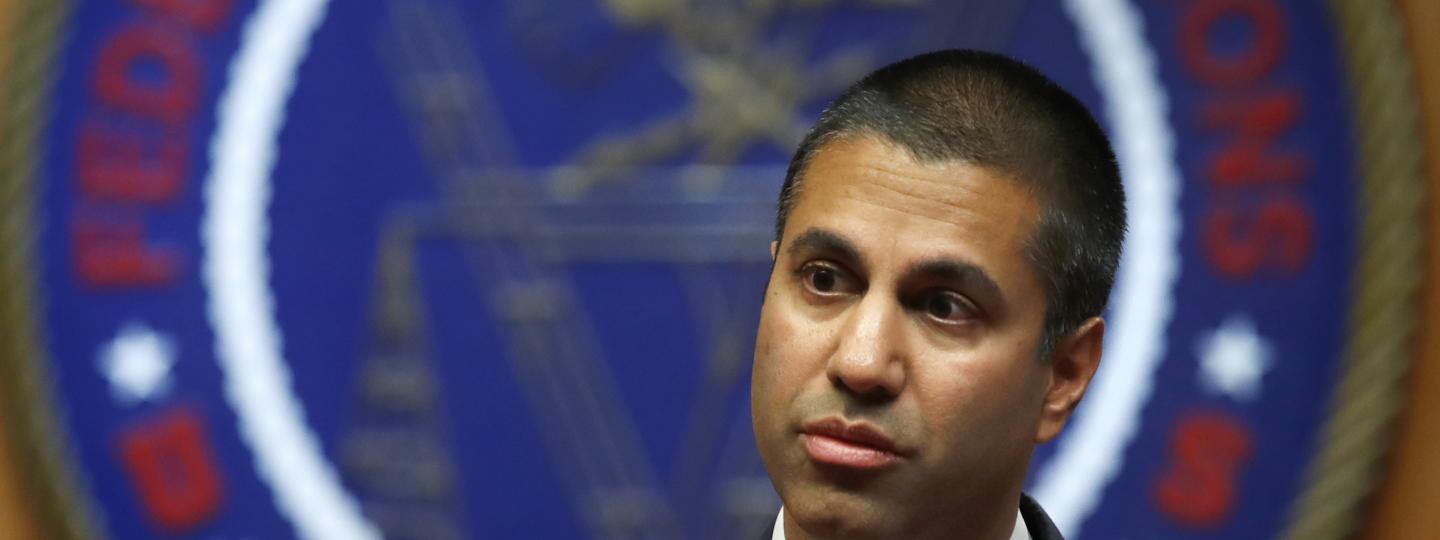This is a story about a federal rule that has been around for 33 years. It was repealed, then reinstated, and a U.S. court of appeals panel this week sounded like it wanted to toss it out again. But because of a technicality, the rule stands. The rule is worth millions of dollars to companies that own lots of TV stations. If the rule ever does fall, multi-billion dollar mergers in the future might not happen.
The UHF discount
33 years ago, a fair number of people watching TV had not yet hooked their sets to cable or satellite systems. They still used TV towers or had rabbit ear antennas to watch local stations. To watch TV channels 14 and above, they needed special antennas, round ones, because UHF stations worked on a different band of frequencies. Generally, the higher number channels rode on weaker signals than their lower channel competitors.
The FCC, which governs TV licenses, among other things, wanted to be sure that nobody could corner the market on TV ownership. So the FCC decided that TV owners could only own stations that cover up to 39 percent of the U.S. population. But the commissioners devised a system to account for different signal strength. Suppose the city of Yourtown has a million people. VHF stations in that town, channels 2-13, would apply the 1 million people toward their ownership cap. But UHF stations would only have to count half of the people in Yourtown, because UHF stations had a weaker signal that probably would not reach all 1 million people.
By 2016, everything had changed. The Democrat-controlled FCC decided it was time to do away with the UHF discount. After all, by the late 2000s, more than 90 percent of U.S. households had either cable or satellite TV connections. On cable, all of the signals were the same strength. And digital UHF signals were actually stronger than VHF signals in some cases.
One year later, a Republican-controlled FCC reinstated the discount rule. Many saw it as a direct favor to Republican-friendly Sinclair Broadcast Group, which planned to buy Tribune TV stations but needed the UHF discount to stay under the federal ownership cap. Without the discount, Sinclair would reach more than three-quarters of the country's population.
A week ago, the FCC put the Sinclair-Tribune merger on ice after commissioners said Sinclair had not been forthcoming about key elements of the deal. The merger now heads to a federal administrative court, which could take months or longer.
The decision
Earlier this year, in a preliminary hearing, the three-judge appeals panel sounded as if it might be interested in overturning the discount rule. But Wednesday, the panel found that the consumer groups that were complaining about the rule didn't have "legal standing" to file a lawsuit because the people filing the complaints didn't live in a market that Sinclair wanted to buy and apply the discount.
Because the court did not speak directly to the question of whether the discount rule should stay or go, there is plenty of room for future decisions to overturn the regulation.
Reaction
As a signal of how important the "discount" is to the value of TV station groups, look at how Wall Street reacted to the court decision. Every big TV group's stock rose. Some were up sharply on the news that the discount still stands.
FCC Chairman Ajit Pai said,
"I’m pleased with the court’s decision to reject this challenge to the reinstatement of the UHF discount pending the completion of our comprehensive review of the national ownership cap."
The FCC now will reconsider the 39 percent cap, maybe raising it to allow station groups to reach 50 percent of the population. If the FCC raises the cap it might again vote to abolish or alter the UHF discount. That would open the door to more mergers as TV station groups are freed to grow without worrying about hitting audience caps.







